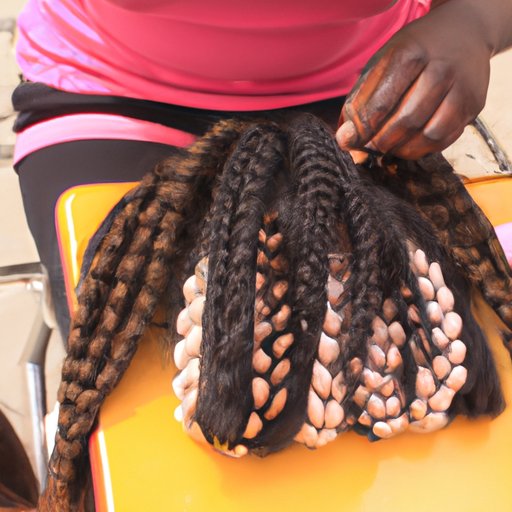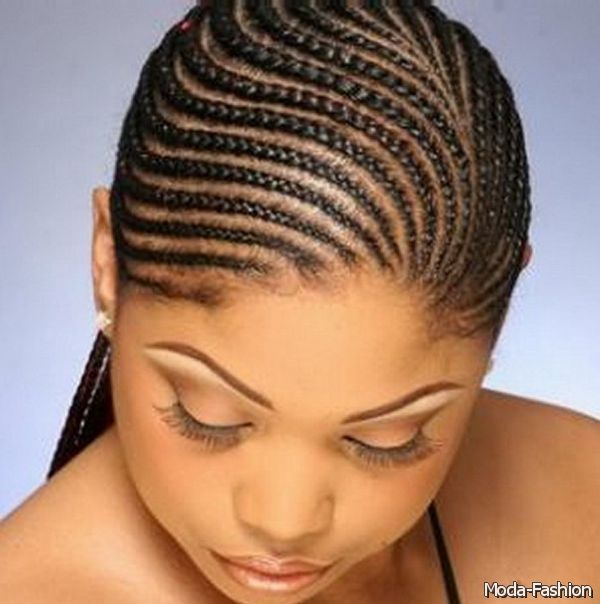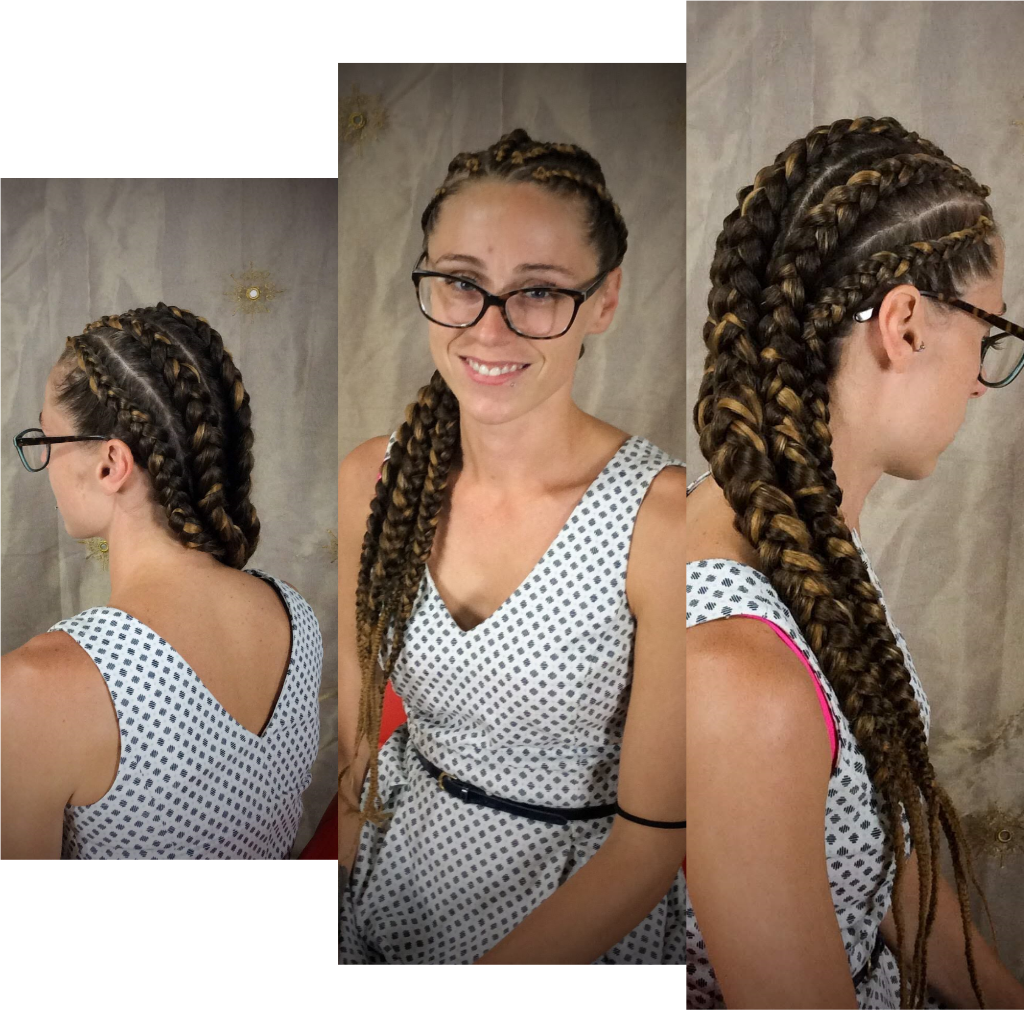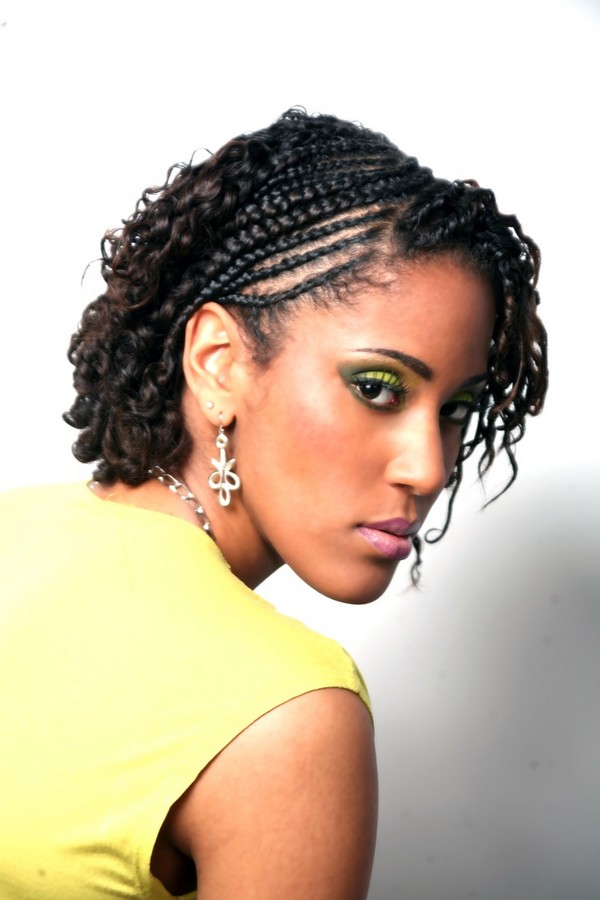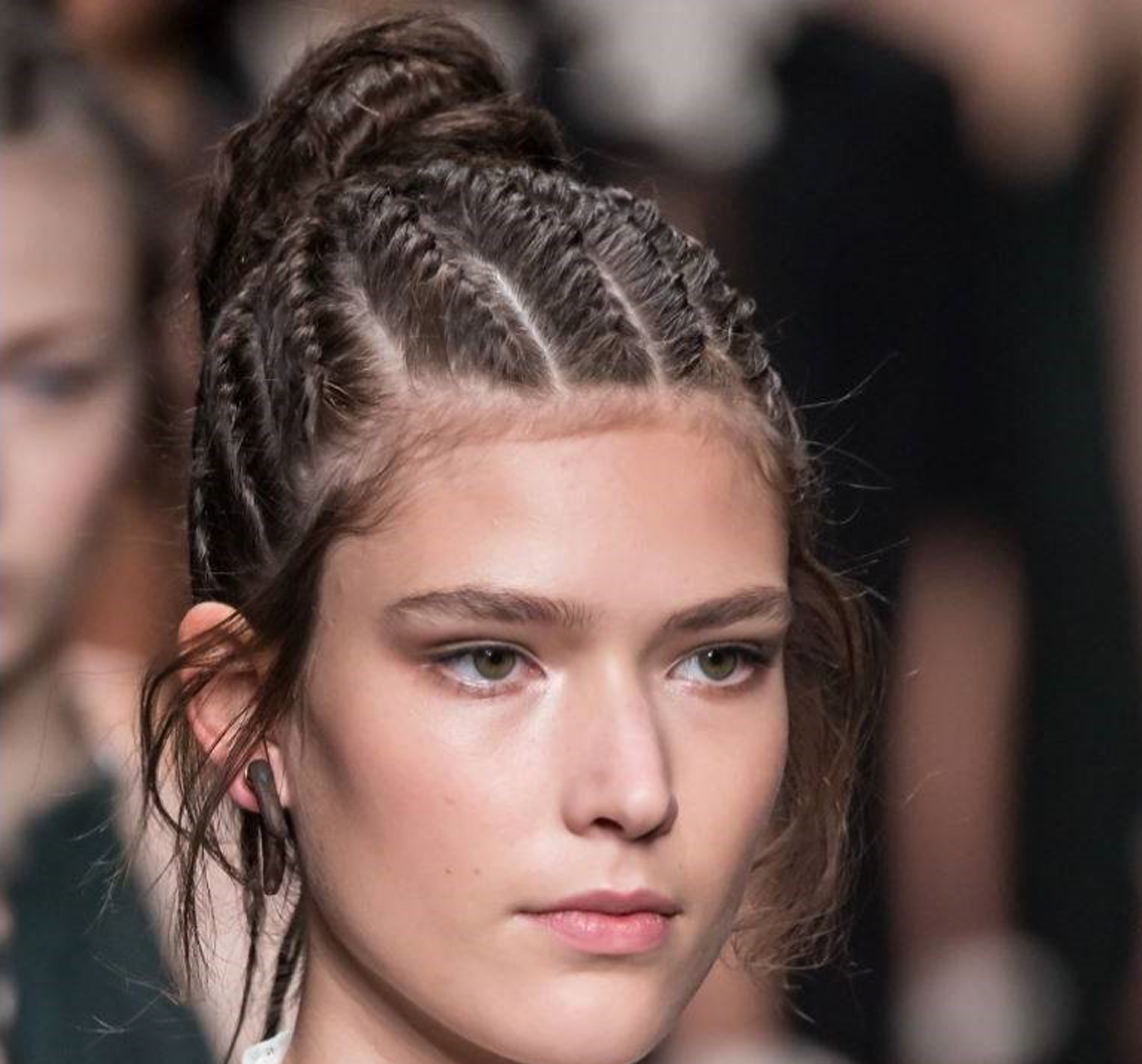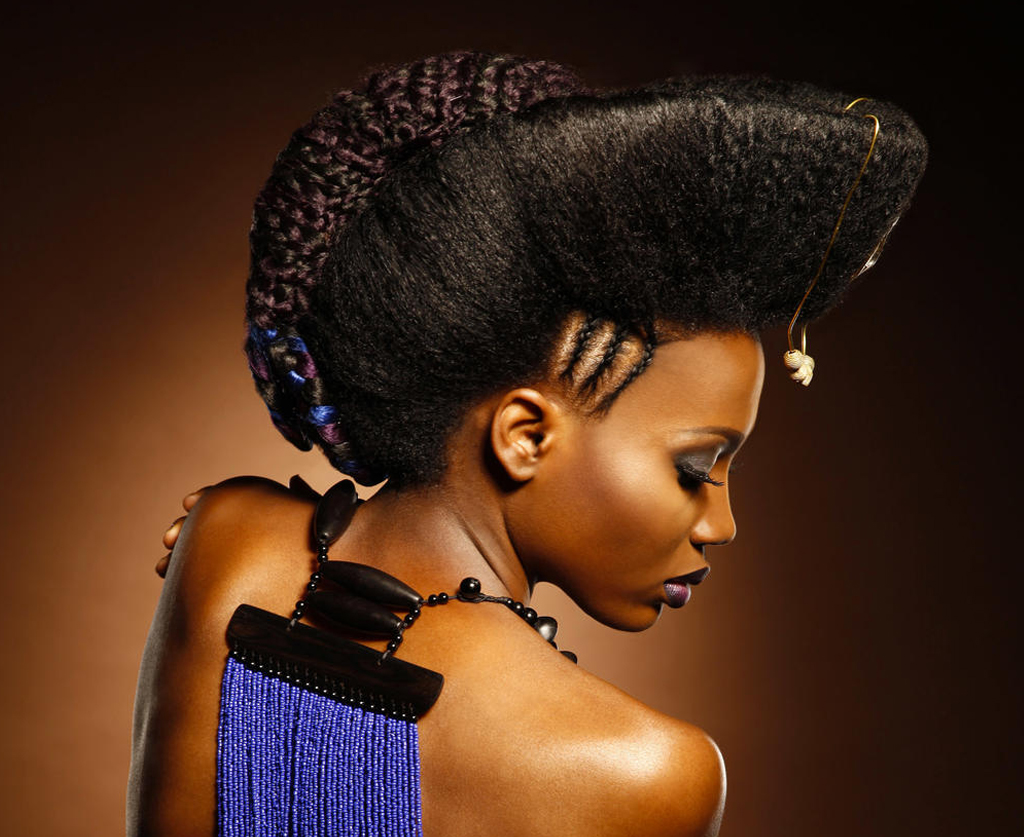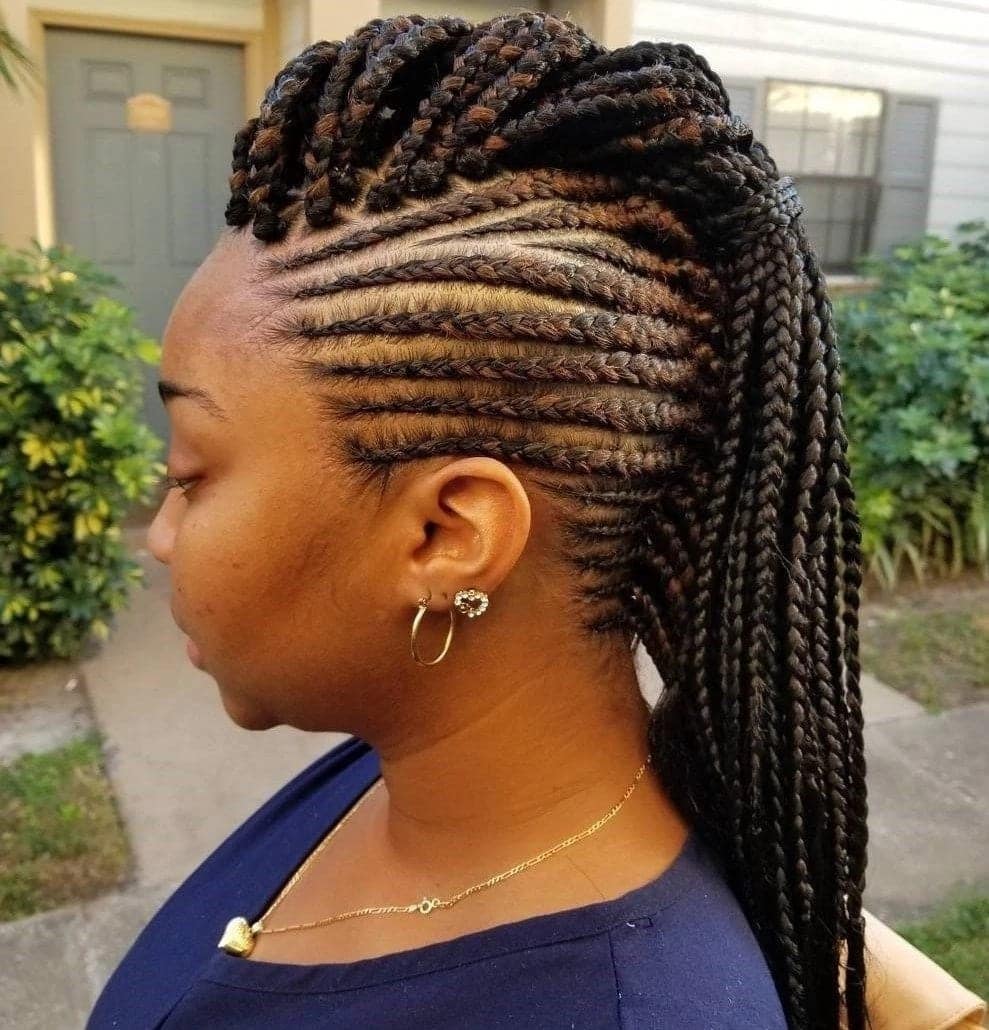Wonderful Tips About What Culture Invented Cornrows Hairstyle Styles To Wear With V Cut Dress

Cornrows have a long history and have been a part of various cultures.
What culture invented cornrows. The answer to this question is still covered with mystery, but the first person known to wear cornrows was likely african. The earliest depictions of ghana braids appear in sculptures carved around 500 bc, illustrating the attention africans paid to their hair. Cornrows are often done in simple, straight lines, as the term implies, but they can also be styled in elaborate.
Cornrows in african culture. The first known depiction of these intricate braids can be seen in a cave painting found in. They originated in colonial america, where they were named after the agricultural fields where enslaved people worked.
The hairstyle has a long and complex history and can be found across many african and caribbean cultures. You can find braided hairstyles across many cultures, but cornrows originated in sub sahara, africa. Cornrows dated far back to 3000 b.c.
Historically, male styling with cornrows can be traced as far back as the early nineteenth century to ethiopia, where warriors and kings such as tewodros ii and yohannes iv were depicted. Braids — and cornrows, in particular — have a rich history in black culture, she explains. It is thought that traditional cornrows date back to at least 3000 bc africa, the intricacy of the design relating back to the tribe that its wearer belonged to.
The style was once used as a symbol of resistance for slaves, who braided rice seeds into their hair. Who wore cornrows first? Jackson invented the modern version of cornrows, the style has a long history that predates her invention.
Cornrows became popular in the 1960s and 1970s thanks to an interest in embracing black pride and natural hairstyles. Many of these escape routes were laced into the hair of enslaved people in a style known as cornrows that served as maps from south america all the way up north. Cornrows originated in africa and were predominantly worn by women.
, particularly in the horn and west coasts of africa. Learn about the cultural significance of braids and their evolution through time. The symbolism in the generic use of cane/cornrow discourages people from accepting that black identity and culture existed centuries before colonialism.
While it’s impossible to pinpoint a single race as the inventor of cornrows, historical evidence strongly suggests that they originated in africa, particularly among peoples in west, central, and southern africa. In the 1960s cicely tyson became the first black woman to wear cornrows on tv. Here, we’ll explore the origins and early uses of cornrows, as well as their early adoption in different cultures.
Explore the rich history of cornrows and their african origins. It goes back to the 19th century throughout parts of africa. The term—applied to an endlessly malleable african braiding technique that survived the middle passage—was coined for its resemblance to a field of indigenous american crops and.
Cornrows within popular black culture are not a novel concept. However, cornrows can also be traced back to ancient egypt and have cultural significance in africa. According to author toni love, cornrows go back at least 3000 years for women and for men;


